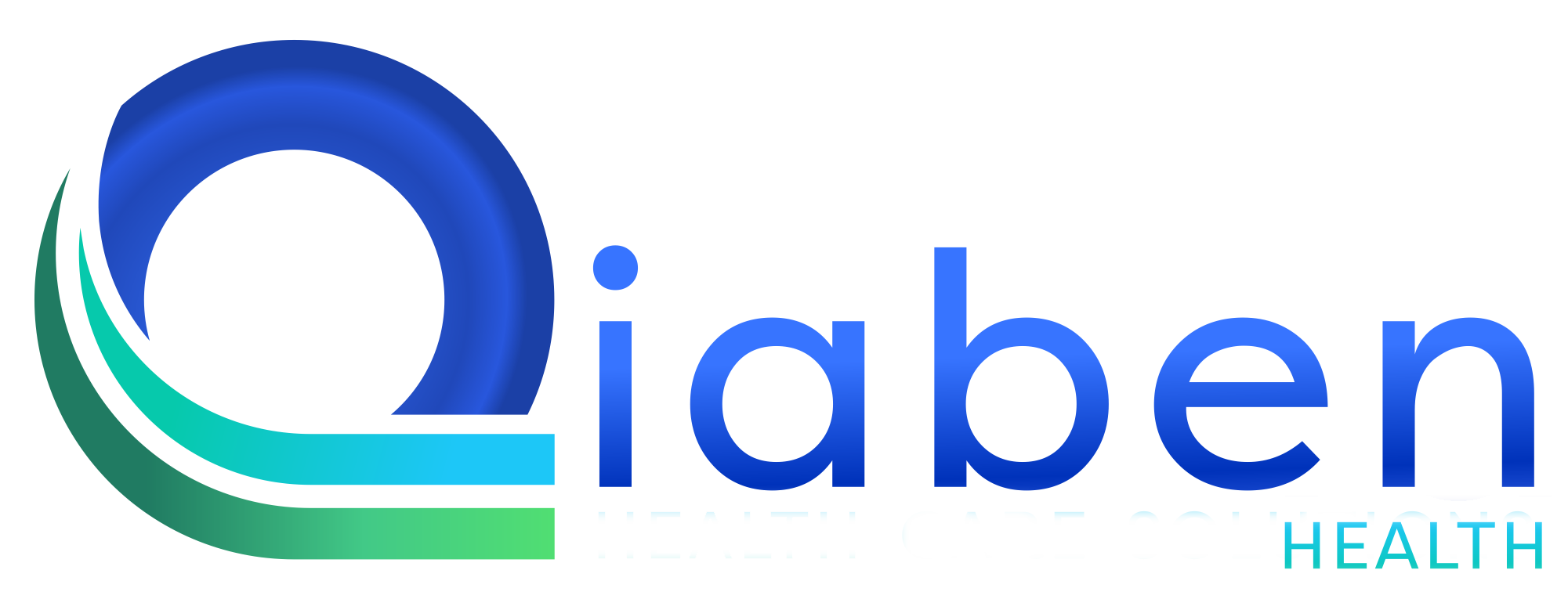| Introduction |
| Have you ever wondered how dental offices keep track of your treatments for billing purposes? Well, it all comes down to ICD-10 codes. These codes are crucial in the healthcare industry, including dental billing. So, what’s the latest buzz? Have ICD-10 codes for dental billing been updated recently? Let’s dive in and find out! |
| 1. Understanding ICD-10 Codes | | 1.1 What are ICD-10 Codes? | | ICD-10 stands for the International Classification of Diseases, 10th Revision. It’s a coding system used worldwide to classify and code all diagnoses, symptoms, and procedures recorded in conjunction with hospital care. This system allows for a uniform way to record, store, and analyze health information, facilitating efficient healthcare delivery and billing processes. |
| 1.2 Importance of ICD-10 Codes in Healthcare | | ICD-10 codes are vital for many reasons. They help standardize diagnoses across different healthcare providers and settings, making it easier to track diseases and treatments. This standardization aids in healthcare planning and policy-making, ensures accurate billing, and improves overall patient care by providing clear and precise medical information. |
| 2. Dental Billing and ICD-10 Codes | | 2.1 How ICD-10 Codes Apply to Dental Billing | | In dental billing, ICD-10 codes are used to describe the diagnoses and conditions for which patients receive treatment. These codes help dental offices communicate with insurance companies to ensure that the treatments provided are covered under the patient’s insurance plan. This process is essential for the smooth operation of dental practices and for patients to receive the benefits they are entitled to. |
| 2.2 Common ICD-10 Codes Used in Dental Billing | | There are several ICD-10 codes frequently used in dental billing. For instance, K02.9 denotes dental caries, not otherwise specified, while K05.1 refers to chronic gingivitis. Knowing the most common codes helps dental professionals streamline their billing process and avoid common pitfalls. |
| 3. Updates to ICD-10 Codes for Dental Billing | | 3.1 Recent Changes in ICD-10 Codes | | Yes, ICD-10 codes for dental billing have indeed been updated. Recent changes aim to improve the accuracy and specificity of the codes. These updates include new codes for specific dental conditions and treatments, as well as modifications to existing codes to reflect advances in dental research and practice. |
| 3.2 Impact of Changes on Dental Practices | | The changes in ICD-10 codes have a significant impact on dental practices. They require dental professionals to stay up-to-date with the new codes to ensure accurate billing and compliance with insurance requirements. These updates also necessitate adjustments in practice management software and staff training to avoid disruptions in the billing process. |
| 4. Adapting to the Updates | | 4.1 Training and Education for Dental Professionals | | Adapting to updated ICD-10 codes involves ongoing training and education for dental professionals. This training ensures that all staff members understand the new codes and how to apply them correctly. Dental offices may need to invest in continuing education courses, workshops, and seminars to stay current. |
| 4.2 Software and System Updates | | In addition to training, dental practices must also update their billing software and systems. These updates ensure that the new codes are incorporated into the practice’s billing processes, reducing the risk of errors and delays in insurance claims. |
| 4.3 Ensuring Accurate Coding Post-Updates | | Accurate coding is essential to prevent claim rejections and ensure timely reimbursement. Dental practices should implement regular audits and reviews of their coding practices to identify and correct any errors. This proactive approach helps maintain compliance and financial stability. |
| 5. Benefits of Updated ICD-10 Codes | | 5.1 Improved Accuracy in Billing | | One of the primary benefits of updated ICD-10 codes is improved accuracy in billing. The more specific codes allow for a clearer representation of diagnoses and treatments, reducing ambiguity and the likelihood of claim denials. |
| 5.2 Enhanced Patient Care | | Updated codes also contribute to enhanced patient care. By providing more detailed information about a patient’s condition and treatment, dental professionals can make better-informed decisions, leading to improved outcomes and patient satisfaction. |
| 6. Challenges Faced with Updated ICD-10 Codes | | 6.1 Learning Curve for Dental Professionals | | One of the main challenges with updated ICD-10 codes is the learning curve for dental professionals. Adapting to new codes can be time-consuming and requires a commitment to ongoing education and training. |
| 6.2 Potential for Coding Errors | | With any update, there is always the potential for coding errors. Mistakes can lead to claim rejections, delays in payment, and increased administrative burdens. Ensuring thorough training and regular audits can help mitigate these risks. |
| 7. Future of ICD-10 Codes in Dental Billing | | 7.1 Anticipated Future Changes | | The future of ICD-10 codes in dental billing is likely to see continued evolution. As dental practices and technologies advance, the coding system will need to adapt to accurately reflect new treatments and conditions. Staying informed about potential changes is crucial for dental professionals. |
| 7.2 Preparing for Future Updates | | Preparing for future updates involves staying engaged with professional organizations, attending industry conferences, and participating in continuous education. By being proactive, dental practices can smoothly transition to new coding standards and maintain their efficiency and accuracy in billing. |
| Conclusion | | The ICD-10 codes for dental billing are continuously evolving to keep pace with advancements in dental care. Recent updates have introduced new codes and refined existing ones, enhancing the accuracy and specificity of dental billing. While these changes present some challenges, such as the need for ongoing training and system updates, they ultimately benefit both dental practices and patients by improving billing accuracy and patient care. Staying informed and prepared for future updates is key to navigating the ever-changing landscape of dental billing. |
| FAQs | | 1. Why are ICD-10 codes important for dental billing? | | ICD-10 codes are crucial for accurately describing diagnoses and treatments, ensuring proper communication with insurance companies, and facilitating efficient billing processes. |
| 2. What are some common ICD-10 codes used in dental billing? | | Some common codes include K02.9 for dental caries, not otherwise specified, and K05.1 for chronic gingivitis. |
| 3. How often are ICD-10 codes updated? | | ICD-10 codes are typically updated annually to reflect new medical knowledge and advancements in healthcare practices. |
| 4. What challenges do dental practices face with updated ICD-10 codes? | | Challenges include the learning curve for dental professionals, potential coding errors, and the need for regular training and system updates. |
| 5. How can dental practices prepare for future updates to ICD-10 codes? | | Dental practices can prepare by staying engaged with professional organizations, attending industry conferences, and participating in continuous education to stay informed about potential changes. |






